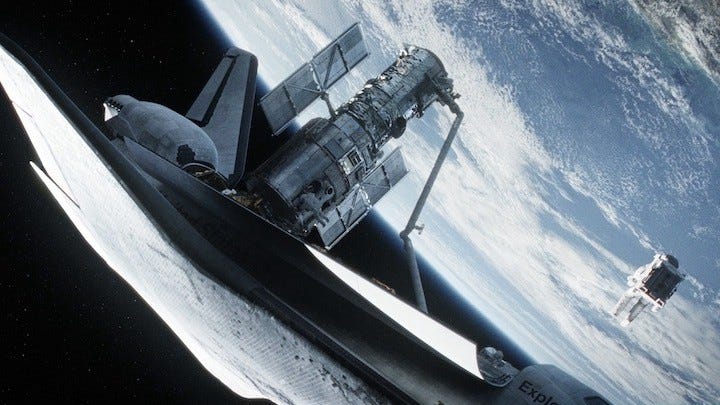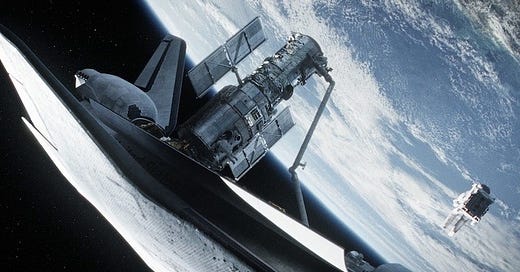The Doc Option: Before Seeing ‘Gravity,’ Listen to These True Stories About Spacewalks Gone Wrong

This installment of the Doc Option is a bit off the beaten path. It’s clear that Gravity is the new release to beat this weekend. But while there are plenty of great documentaries about space, there aren’t very many about the danger of space, which is what Gravity is dealing with. So instead of a doc, we’ll be embracing the wider field of nonfiction sto…
Keep reading with a 7-day free trial
Subscribe to Nonfics to keep reading this post and get 7 days of free access to the full post archives.



